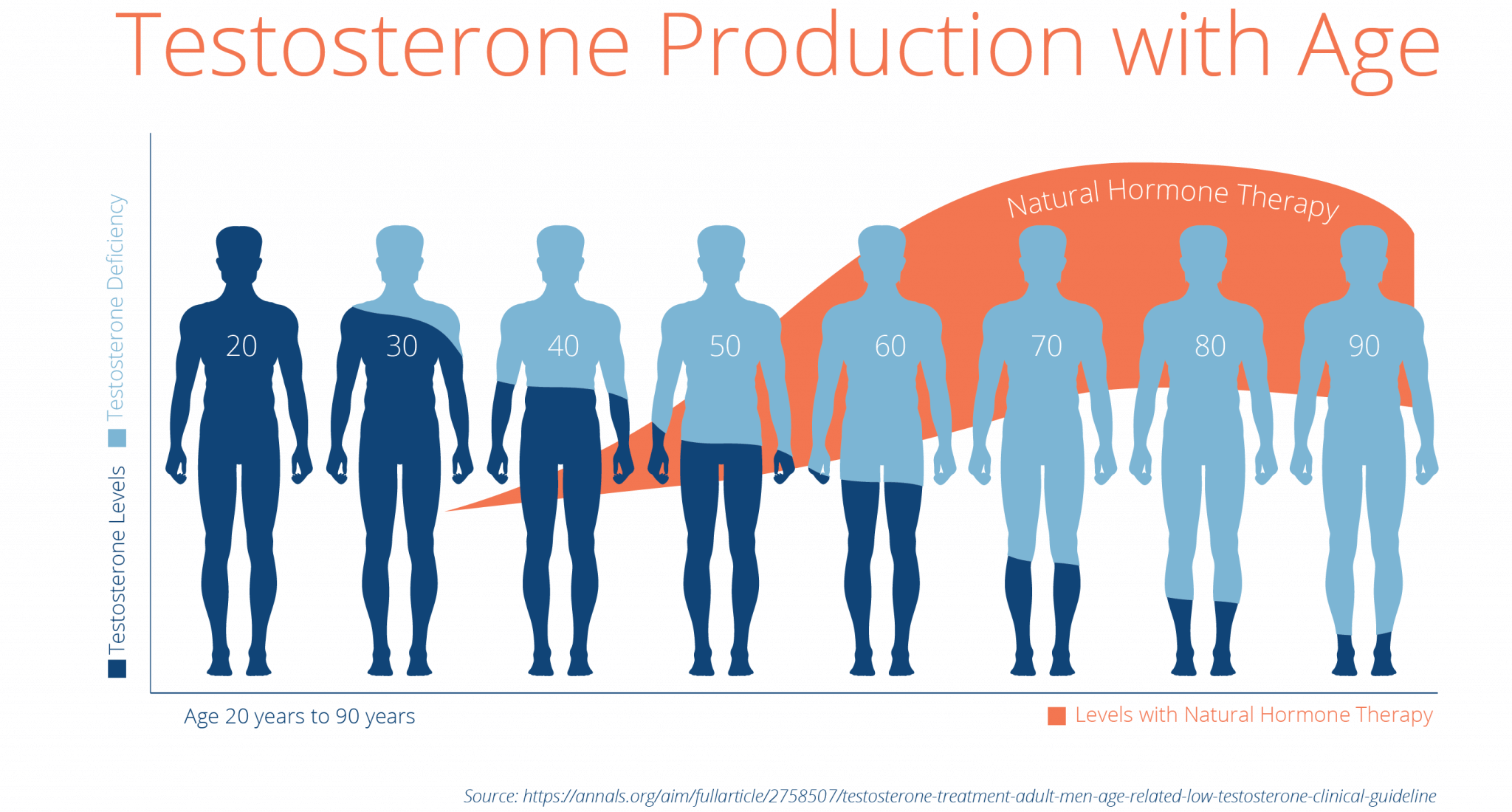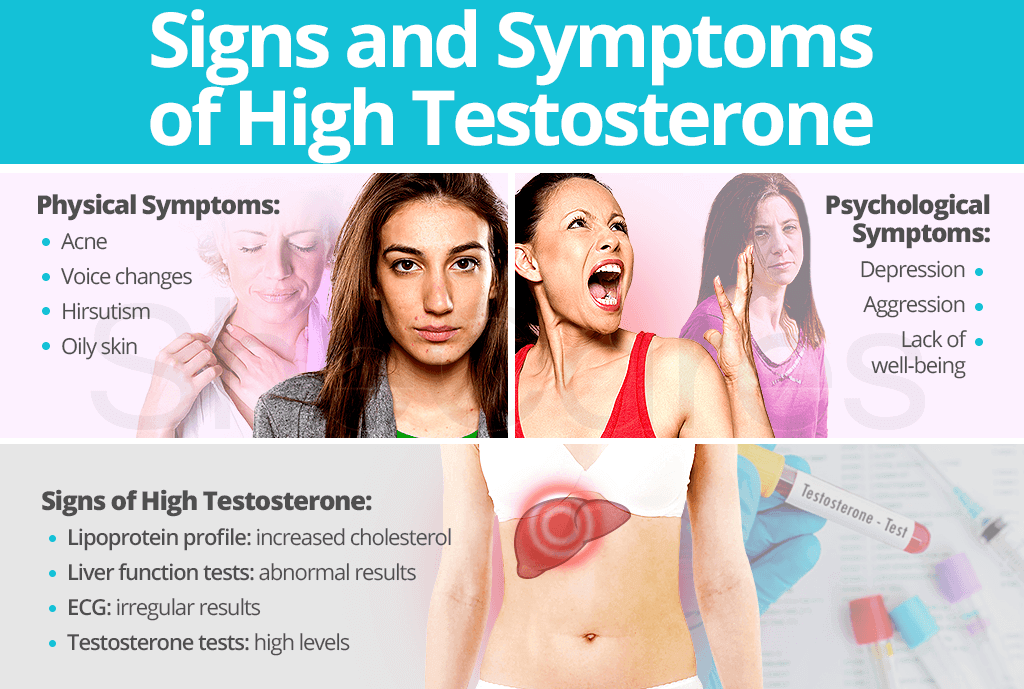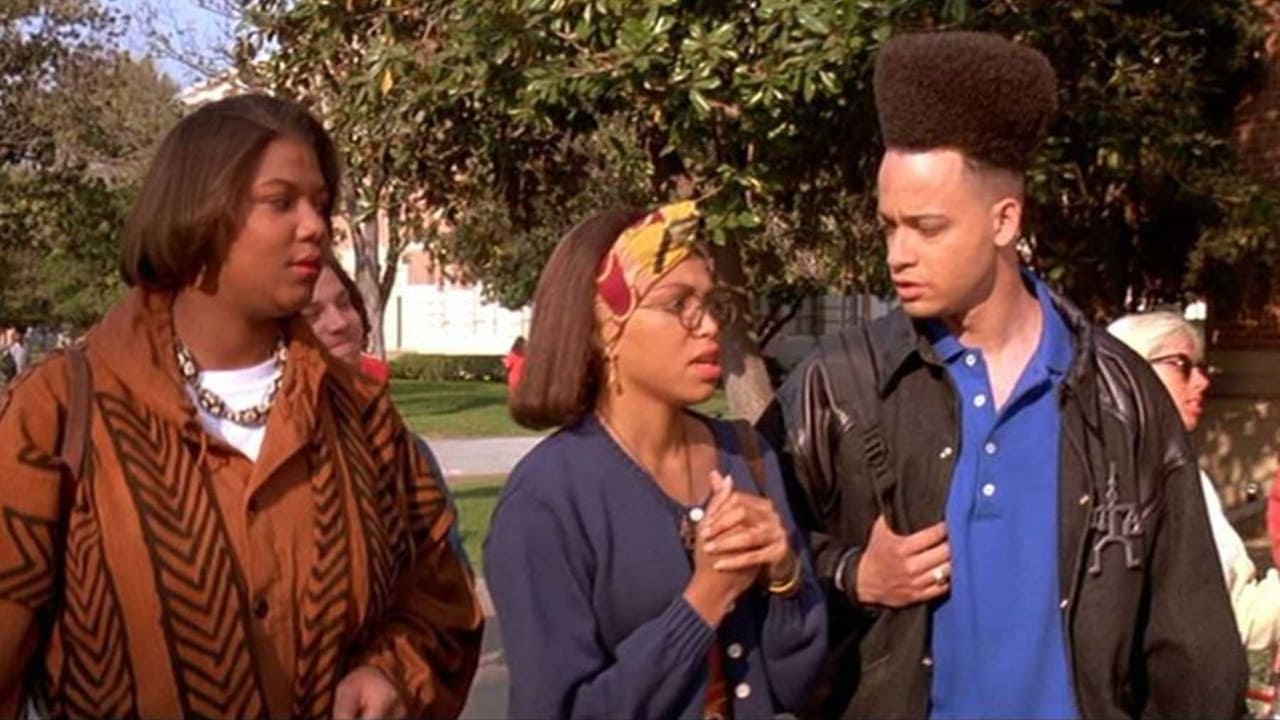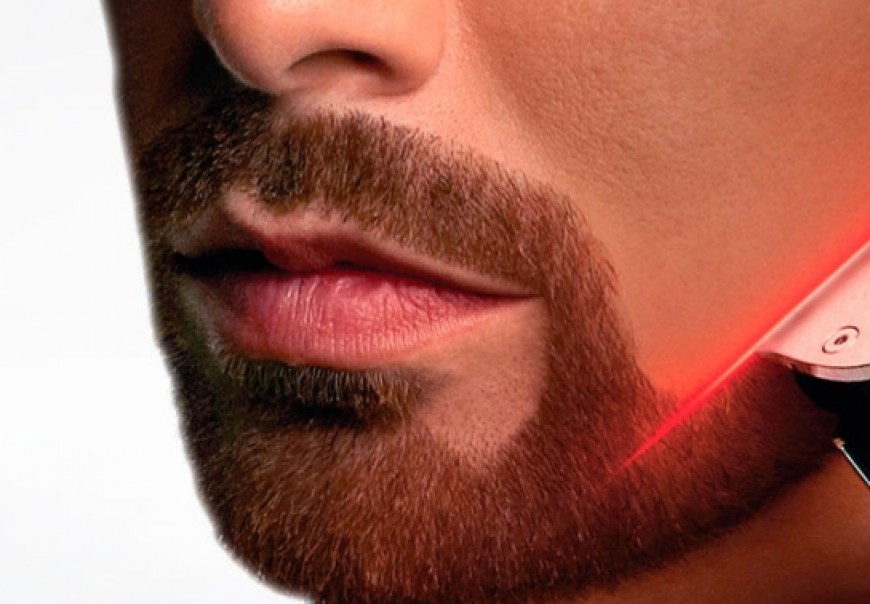Table Of Content

Hair loss is due to the shrinkage of hair follicles and the resulting impact on the growth cycle. New hairs become finer and finer until there’s no hair left at all and the follicles become dormant. The fact is, male pattern hair loss has been observed with both high and low testosterone levels. There are also plenty of men with high testosterone levels who do not go bald or experience hair thinning.
Hair loss in women
DHT isn’t the only reason you may be seeing your hair thinning or falling out. Finasteride (Proscar, Propecia) is an oral, prescription-only medication. It’s documented as having at least an 87 percent success rate in one 2012 study on 3,177 men, with few noted side effects. At the end of this cycle, the hair enters what’s known as a resting phase before finally falling out a few months later. Hair everywhere on your body grows out of structures underneath your skin known as follicles, which are essentially tiny capsules that each contain a single strand of hair.
sexual behavior, including normal libido (although evidence is not conclusive).
From straight to curly, thick to thin: here's how hormones and chemotherapy can change your hair - The Conversation
From straight to curly, thick to thin: here's how hormones and chemotherapy can change your hair.
Posted: Thu, 11 Jan 2024 08:00:00 GMT [source]
People with a genetic predisposition to hair loss have hair follicles that are more sensitive to DHT, resulting in hair miniaturization and eventual loss. There’s no specific testosterone level that you hit that leads to a bald spot, says Calvert. A lot of your risk for male pattern baldness depends on your age and DNA. If your testosterone levels are below normal for your age, you may lose body and facial hair, notes Calvert. In conclusion, while testosterone itself does not directly cause hair loss, its derivative DHT has been linked to hair loss in individuals with a genetic predisposition to androgenetic alopecia. Once it’s freely flowing through your bloodstream, DHT can then link to receptors on hair follicles in your scalp, causing them to shrink and become less capable of supporting a healthy head of hair.
Symptoms of high testosterone in women
Get to the underlying cause first, and then choose your treatment route. If you’re one of the many men and women reading this who are facing pattern balding, you’re probably in the investigative stage trying to find a solution to slow the process down. You’ve likely already heard that higher dihydrotestosterone (DHT) results in receding hairlines and thinning hair. Since DHT is a byproduct of testosterone, most people assume that their bodies are producing too much testosterone. If a person has excessively high levels of DHT resulting in hair loss, medications are available to manage DHT-related hair loss.
In most cases, high testosterone levels in women are usually due to an underlying medical condition, such as polycystic ovary syndrome (PCOS) or congenital adrenal hyperplasia. More than 25% of women over the age of 50 experience significant hair loss. Perimenopause causes a number of physical and emotional changes to the body, one of which is hair loss. In some women, hair loss during menopause can trigger profound self-confidence issues. Hair loss is usually caused by hormonal imbalances, such as high testosterone.
For example, if you’re male and your father experiences male pattern balding, it’s likely that you’ll show a similar balding pattern as you age. If you’re already inclined to male pattern baldness, the follicle-shrinking effect of DHT tends to be more pronounced. The front hairline recedes, especially at the sides, forming an M shape. The crown of the head, also known as the vertex, becomes bald as well.
Hair loss affects around half of all males over the age of 50 years, and around 50 million males in the United States (U.S.). Hair loss also impacts roughly 30 million females in the U.S. and is more likely to occur after menopause. So, while testosterone does have an impact, it's just one piece of the puzzle when it comes to understanding hair loss. It's vital to dispel these misconceptions and have a comprehensive understanding of the complex factors involved in hair loss to better address the issue and seek appropriate solutions. There are several misconceptions and myths surrounding the relationship between testosterone and hair loss.
It binds itself to follicles that cause them to become smaller in size, resulting in the thinning of your hair and eventually losing these strands (2). In extreme cases, high testosterone levels in women could be an indication of a more severe medical condition where tumors may be present on the ovaries or the adrenal glands. Now that we know the importance genetics and DHT play in hair loss, there are ways that you can slow the process down. However, the most important factor is to determine if DHT is truly the culprit. If you’re suffering from hair loss due to an oily scalp, stress, diet, or other medical condition, the following treatment options might not help.
Hair growth and hair loss
Off-label use is when a drug that’s approved to treat one condition is used to treat another condition. This April marks Stress Awareness month in the US, a calendar moment designed to raise awareness of the pervasive and damaging nature of stress. While we know that stress is an undeniable factor in most people’s lives, its impact on so many aspects of our physical and mental health is perhaps more far reaching than we might imagine. Minoxidil was a medicine initially prescribed to patients with high blood pressure. As a side-effect, some of these patients began experiencing excessive hair growth.
Over time, the two balding areas meet, forming a “U” of hair around the sides and back of the head. In rare cases, a tumor can produce sex hormones, which can increase the levels of testosterone. If a tumor is contributing to high testosterone levels, the person may need surgery. Testosterone may also play a role in the development of prostate cancer.
Scientists believe that some people inherit a variant of the androgen receptor (AR) gene that is more susceptible to the effects of testosterone and DHT on their scalp hair. Another option for managing excessive testosterone levels and hair loss is spironolactone. Spironolactone is a medication that blocks the effects of androgens, including testosterone. By reducing the activity of androgens, spironolactone can help slow down hair loss and promote hair regrowth. Like finasteride, spironolactone is typically prescribed to women, as it can have feminizing effects due to its anti-androgen properties.
There are also concerns about breast cancer and cardiovascular risks. While not approved for females in the United States, testosterone has been used for more than 60 years in England and Australia to alleviate symptoms of perimenopause and menopause. In the United States, it’s used off-label under careful medical supervision. Consequently, testosterone prescriptions approved for males are sometimes used off-label for females under careful medical supervision.























